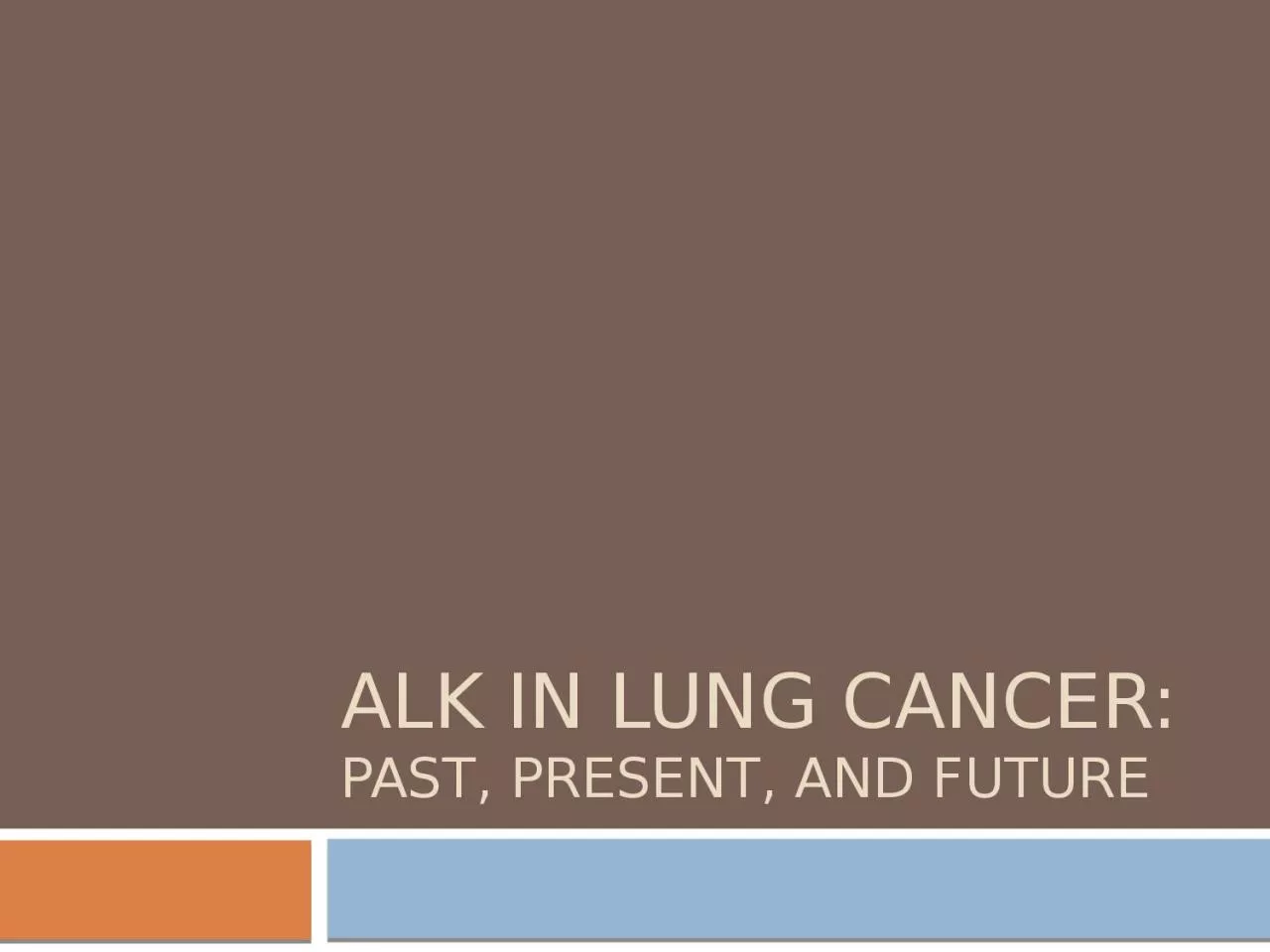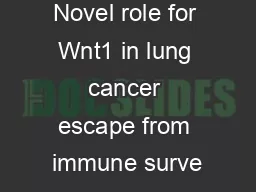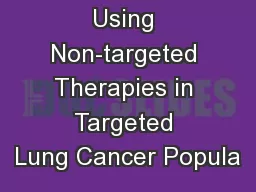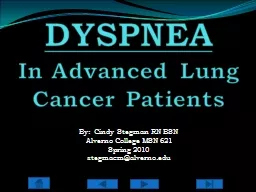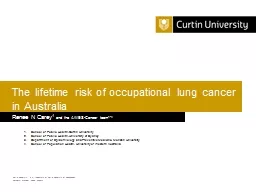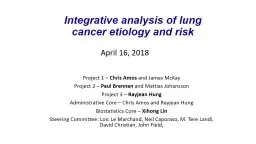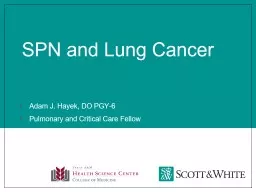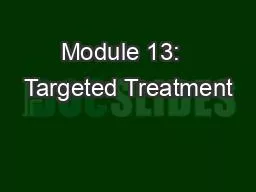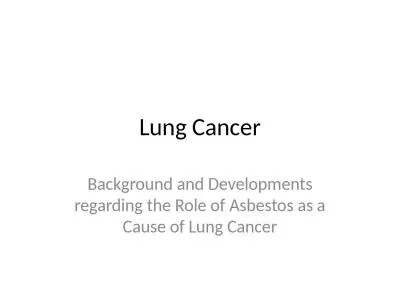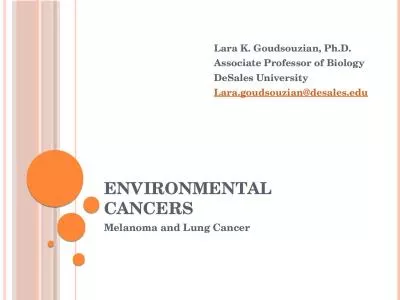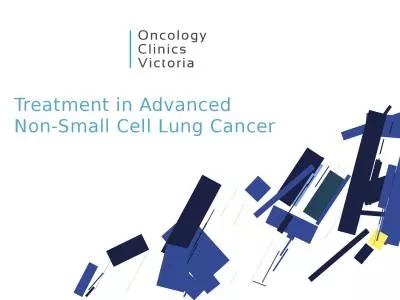PPT-ALK in lung cancer: Past, present, and future
Author : belinda | Published Date : 2023-08-30
Gene Mutations in Lung Adenocarcinomas 17 years ago 25 chromosomal translocation in most anaplastic largecell nonHodgkins lymphomas which fused the NPM gene on
Presentation Embed Code
Download Presentation
Download Presentation The PPT/PDF document "ALK in lung cancer: Past, present, and ..." is the property of its rightful owner. Permission is granted to download and print the materials on this website for personal, non-commercial use only, and to display it on your personal computer provided you do not modify the materials and that you retain all copyright notices contained in the materials. By downloading content from our website, you accept the terms of this agreement.
ALK in lung cancer: Past, present, and future: Transcript
Download Rules Of Document
"ALK in lung cancer: Past, present, and future"The content belongs to its owner. You may download and print it for personal use, without modification, and keep all copyright notices. By downloading, you agree to these terms.
Related Documents

